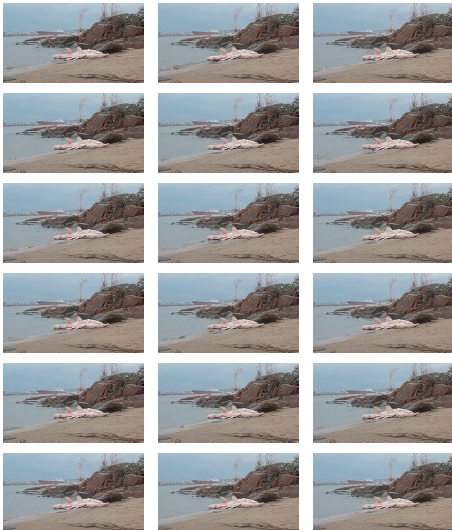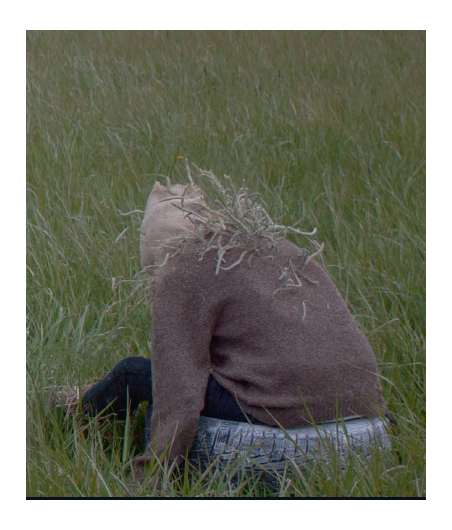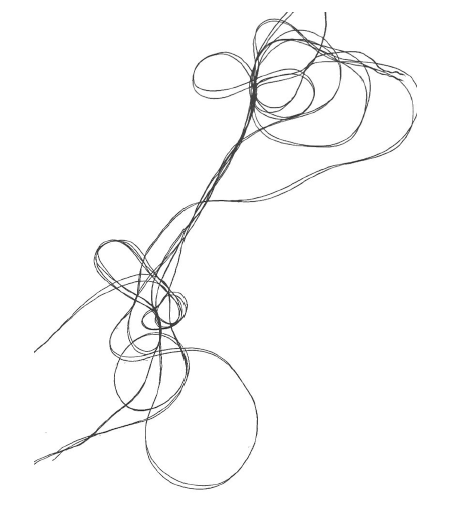Där du står // Where you stand
Magnus Haglund
Varje plats har sina minnen och berättelser. Det gäller
byggnader och människor, företagsetableringar och lokalt föreningsliv, bofasta och dem som är på tillfälligt besök.
I brytningarna mellan det vardagsliv som pågår och de
betingelser som har förändrat de sociala förutsättningarna, får den lokala miljön sin speciella karaktär, sina toner
och melodier.
Människor och platser är inte utbytbara. Gislaved är inte New York eller Kapstaden, men inte heller Svenljunga eller Värnamo. På varje ort finns detaljer att undersöka, specifika kunskaper att göra bruk av, lokala berättelser som kan veckla ut sig och få nya betydelser. Det gamla och det nya vävs samman, genom människors sätt att vara och leva
sina liv.
När författaren Sven Lindqvist 1978 gav ut sin bok
Gräv där du står gav den upphov till något av en folkrörelse. Här sammanföll flera tendenser, ett tilltagande intresse
för släktforskning och en vilja att lära sig mer om industrihistorien, om de arbetsmiljöer som påverkat så många människors liv. Vid denna tid, i slutet av 1970-talet,
försvann mängder av jobb runtom i Sverige, när företag
flyttade sin tillverkning till länder med lägre löneanspråk och andra villkor för arbetskraften. Att förstå den egna
platsens historia och de kollektiva och individuella minnen som hörde ihop med arbetslivet på orten, blev en väckarklocka för ett annat sätt att se på det lokala. Fanns det
gemenskaper knutna till arbetet och olika generationers
erfarenheter och utbyten med varandra, som även fortsättningsvis bar på avgörande betydelser?
Vems berättelser är det som förmedlas och vems historia
är det som leder vidare?
När kandidatstudenterna vid konsthögskolan Valand, BFA 1,
nu tar en fabrikslokal som tidigare rymde Gislaveds Gummi som utgångspunkt för en serie nyproducerade verk, uppstår kontaktytor med tankarna bakom Sven Lindqvists bok. Från en tidigare epoks diskussioner om arbetets mening och industrisamhällets villkor till en helt ny tid, med delvis nya frågeställningar och nya sätt att mötas.
Och mitt i alltihop har förutsättningarna för det konstnärliga arbetet radikalt förändrats genom covid-19 och coronapandemins utbredningar. Titeln Där du står har delvis fått nya innebörder. Den berättar om ett temporärt tillstånd snarare än ett stationärt. Den innefattar både svårigheten att förflytta sig och att vara på plats. Det sker förskjutningar, från närvaro till frånvaro, från materialitet till immaterialitet. Byggnaden där verken var tänkta att visas, har nu blivit
ett kommenterande tomrum, en korrigering inifrån eller från sidan.
Det är detta som nu visas. En serie digitala ytor, övergångar från vissa utgångspunkter till helt andra. Och samtidigt finns de lokala berättelserna kvar, livet som fortsätter och som förbinder Gislaved med resten av världen. Konsten
möter det samtida Gislaved med allt vad det innebär av skillnader, minnen, fotografiska detaljer, samhälleliga
gemenskaper, mänskliga utmaningar.
Every place has its memories and stories. They include buildings and people, the establishments of companies and local club activities, those domiciled and on occasional visits. In the breaches between everyday life and the transformations of the work life, the local environment gets its special character, its tones and melodies.
People and places are not replaceable. Gislaved is not
New York or Cape Town, but neither is it Svenljunga or
Värnamo. In every locality there are details to examine, specific knowledge to make use of, local stories that may be unfurled and turned into new meanings, when the old and the new are woven together through people’s way of being and living their lives.
In 1978 the Swedish writer Sven Lindqvist published his book Dig where you stand. It had a certain impact and
gave rise to a popular movement incorporating several tendencies, a growing interest in genealogical research and a public will to learn more about industrial history, the working life affecting the local communities. During this time, in the end of the 1970’s a great number of industries disappeared, with companies moving their production to territories with lower wage claims and working conditions less favourable to the workers. To investigate the history of the place where one is living, to include the collective and individual memories of factories and local companies, is a signal to another way of perceiving the local life. Is there a sense of solidarity linked to work and the experiences and exchanges between generations, that is a key to the future of the community? Whose stories are told and which history shows the way forward?
When the BFA 1 Fine Art students at HDK-Valand, University of Gothenburg, use a former factory that until 2002 had been ‘Gislaveds Gummi’ (the rubber factory of Gislaved), an interesting interface with the thoughts of Sven Lindqvist’s book arises. From Lindqvist’s discussions on the meaning and conditions of industrialisation, to our contemporary times of new questions and modes of socializing.
In the middle of this process the requirements of the
exhibition have radically changed because of the spread
of the Covid-19 and the Corona pandemic. The title
Where you stand partly gets new meaning. It conveys a temporary condition rather than a stationary position.
This includes the difficulties in moving as well as being on the spot. A series of displacements occur, from presence
to absence, from materiality to immateriality. The factory where the student works were supposed to be shown, has turned into an annotated void, a correction from inside or from the flank.
This is what is to be seen. Instead of the physical place of
the disused factory we have shifted our focus to the digital, to consider the local stories that connect the life of Gislaved, its differences, memories, photographic detail, social lives and challenges to the rest of the world.
Magnus Haglund
Författare och lärare vid HDK-Valand //
Writer and teacher at HDK-Valand
















